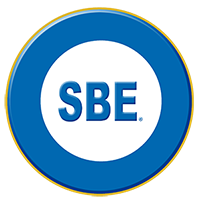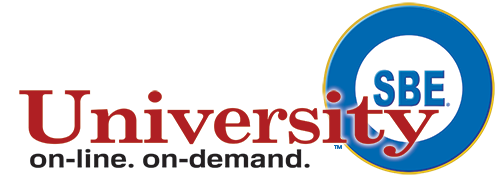- Introduction
- Course Description
- Table of Contents
- About the Author
- SBE Recertification Credit
- Enrollment Information
- Preview the Course
- Frequently Asked Questions
Introduction
This course will be of interest to those in both television and radio station facilities. Telco lines and circuits are integral parts of most broadcast installations. We use regular phone lines for talk shows and contests, we use ISDN lines for remote broadcasts and STL backup, and we use T1 lines for STL applications and business telephone service. The broadcast engineer must have a good understanding of the various types of lines and protocols in order to deal with the telephone companies. It is also helpful to understand telco terms and lingo so that he or she can speak the same language when talking with testers, installers and field repair people.
The course provides a complete overview of all these topics, giving the student a working understanding of how the signal gets from end to end, how to troubleshoot telco problems and how to properly interface broadcast equipment to the telco world.
Course Description
Listener involvement via telephone is an important programming element at many radio and television stations. When we want to create a two-way connection with our listeners, we will probably be using the voice telephone network. Most often, telephone service to our studios is via an old-fashioned analog POTS (Plain Old Telephone Service) line. The vast majority of subscribers interface to the network via an analog technology that would be familiar to Alexander Graham Bell. Digital connections via ISDN and T1 lines offer an important step up in quality and flexibility. Voice over Internet Protocol (VoIP) is sure to be big. Perhaps we’ll eventually need a revision of this course that will be devoted to VoIP and include a mention of analog lines as a historic footnote. In any event, even should the service fail to become mainstream for Telco delivery of calls, VoIP will figure prominently within studio facilities.
There are several quiz questions prior to most of the chapters to help the student understand what the chapter covers and confirm to the student how much they already know.
Table of Contents
- Introduction to Voice Telco Networks and Studio Interface Systems
- Overview
- Analog (POTS) Telephone Service – Part 1
- Analog (POTS) Telephone Service – Part 2
- Digital Switched telephone Service
- Special Services for Broadcast Stations
- VoIP Interworking with the PSTN (Public Switched Telephone Network)
- The Cellular Mobile Network
- Broadcast Interfacing
- Troubleshooting
- Summary of Voice Telco Networks and Studio Interface Systems
About the Author
This course is written for the SBE by Steve Church of Telos Systems.
SBE Recertification Credit
The completion of a course through SBE University qualifies for 1 credit, identified under Category I of the Recertification Schedule for SBE Certifications.
Enrollment Information
To register for the course, click on the link below. You may register using VISA, MasterCard or American Express.
SBE Member Price: $90
Non-Member Price: $135


